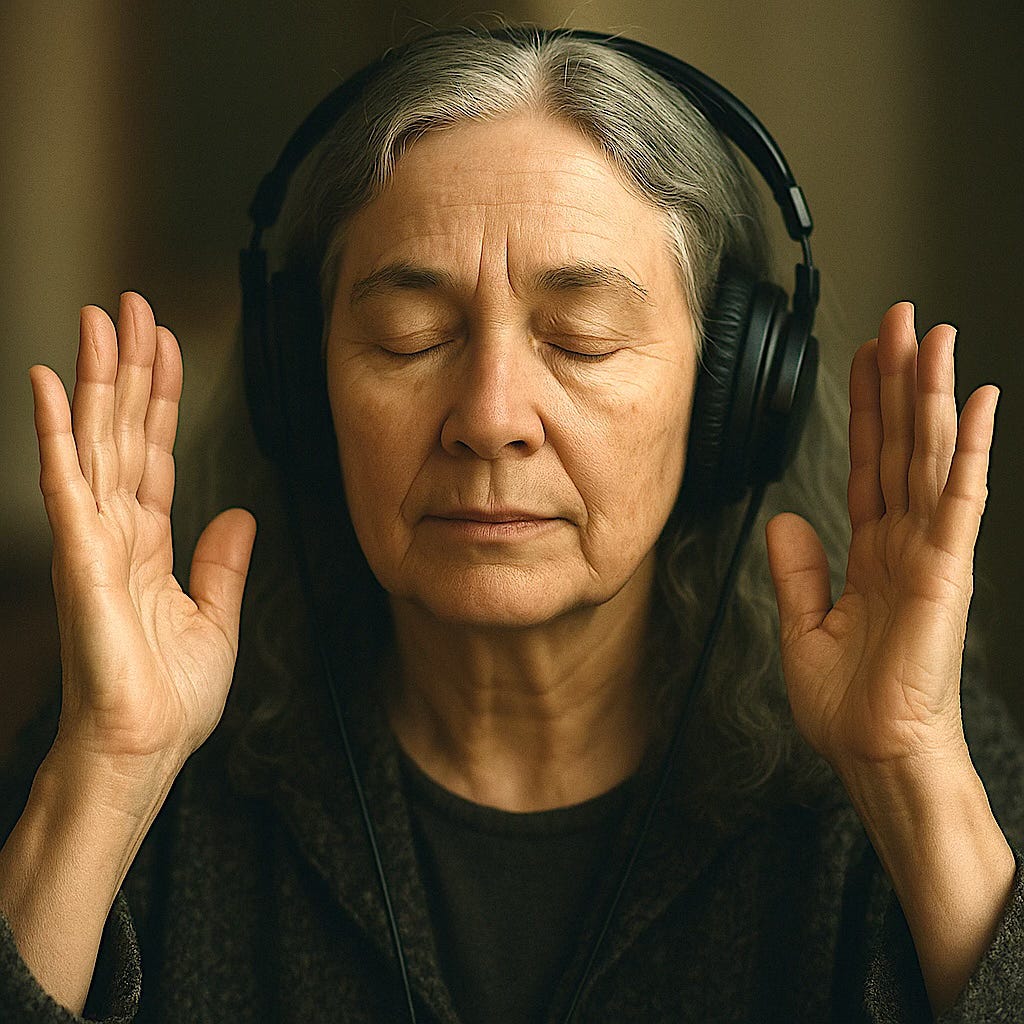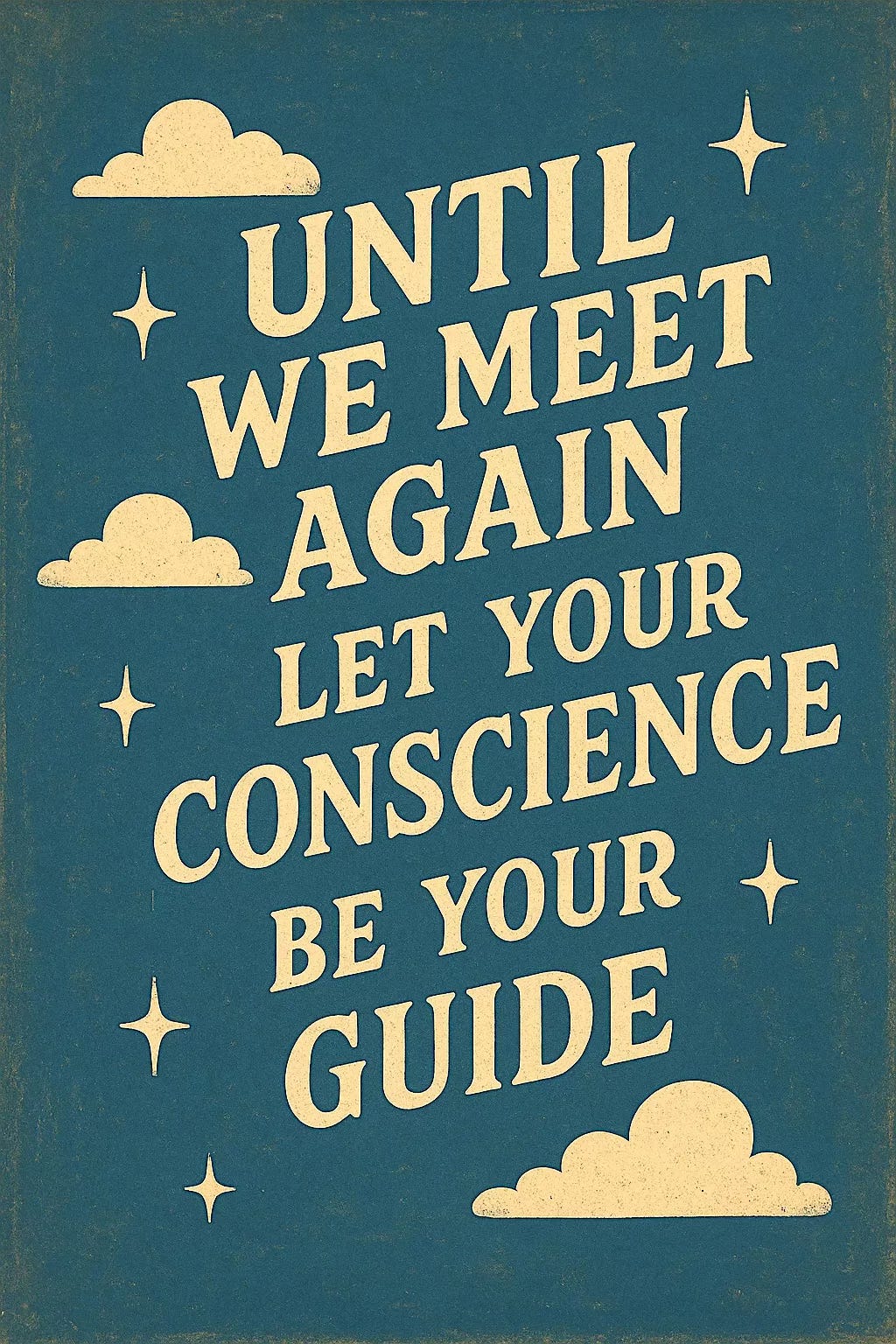There was a time when I believed I knew what music was. I had my boundaries, my preferences, my certainties about what constituted "real" music versus mere noise. John Coltrane's early work fit comfortably within those boundaries—the melodic sophistication of Giant Steps, the accessible spirituality of A Love Supreme. These recordings spoke a language I understood, moved through harmonic territories I could map with confidence. But Coltrane, restless spirit that he was, refused to remain within anyone's comfortable boundaries, including his own.
When I first encountered his later period—the sprawling, seemingly formless explorations of albums Ascension and Interstellar Space—I recoiled. This wasn't the Coltrane I knew. Where were the melodies I could hum? Where was the structure that had drawn me to jazz in the first place? The saxophone seemed to shriek and wail, to abandon all the musical conventions that had made his earlier work so compelling. I filed these recordings away as interesting experiments, perhaps, but not really music in any sense I could embrace.
What I didn't understand then was that my resistance to Coltrane's evolution mirrored a deeper resistance within myself—a need to categorize, to judge, to maintain control over my experience. Music was just one arena where this played out, but it was a revealing one.
Everything began to shift when I started meditating. At first, the practice seemed unrelated to how I listened to music. I was simply sitting quietly, watching my breath, trying to calm the constant chatter of my mind. But gradually, something more fundamental was happening. Meditation was teaching me a different way of being with experience itself.
In those early weeks of practice, I noticed how quickly my mind leaped to judge whatever arose in awareness. A sound from the street became an "interruption." A wandering thought became a "failure" to meditate properly. Physical discomfort became something to resist rather than simply observe. I was exhausting myself with constant evaluation, creating suffering through my unwillingness to let things be as they were.
As my practice deepened, I began to recognize this same pattern in how I approached music. I wasn't really listening; I was judging. I wasn't open to what the music was offering; I was busy comparing it to my preconceptions of what music should be. The meditation cushion was teaching me something radical: the possibility of experiencing without immediately categorizing that experience as good or bad, right or wrong, familiar or alien.
One evening, months into my meditation practice, I found myself reaching for one of those Coltrane albums I had previously dismissed. “Om," a forty-minute exploration that seemed to exist in some space between jazz, world music, and pure sound. Instead of approaching it with my old analytical mind, I decided to listen the way I was learning to meditate—with open awareness, without agenda.
What happened surprised me. Where I had once heard chaos, I began to sense deep intentionality. Where I had heard noise, I discovered layers of communication happening on levels I had never accessed before. Coltrane wasn't abandoning music; he was expanding its very definition. He was using his saxophone not just to play melodies but to channel something more primal, more direct—what he called "a force of spiritual energy."
This wasn't music that could be understood with the mind alone. It demanded a different kind of listening, one that bypassed the analytical faculties and spoke directly to something deeper. It was music as meditation, sound as pathway to transcendence.
What’s interesting about Om is that Coltrane was experimenting with LSD at the time. In his Coltrane bio, Lewis Porter reports that Coltrane and several others, did drop acid before the session. That might account for the searching nature of the music that has been thankfully documented here.
As the years passed and my practice matured, I found myself naturally gravitating toward music I would have rejected before. Free jazz, experimental electronic works, traditional music from cultures far from my own—all began to reveal their unique gifts when I approached them without the armor of preconception. Albert Ayler's spiritual screams, Sun Ra's cosmic excursions, Pauline Oliveros's deep listening experiments—each offered a different doorway into the vast territory of human expression.
Albert Ayler and Sun Ra are perhaps better known to most listeners, so here’s a few words about Oliveros.
Pauline Oliveros (1932–2016) was an American composer, electronic music pioneer, and visionary thinker who reshaped the way we understand sound, listening, and consciousness. A founding member of the San Francisco Tape Music Center in the 1960s, she was one of the first to explore live electronic music, tape delay, and sonic experimentation in performance. Her groundbreaking compositions blended acoustic and electronic elements with deep improvisational awareness, often pushing the boundaries of traditional music and embracing the full spectrum of sound as a medium for artistic and spiritual exploration.
Oliveros is best known for developing the concept of Deep Listening, a practice that combines focused auditory attention, meditation, and improvisation. Through her performances, writings, and teaching, she encouraged people to listen not just with their ears, but with their entire bodies and minds. Her work profoundly influenced composers, sound artists, and thinkers across disciplines, and her legacy continues through the Deep Listening Institute and a global community of artists inspired by her call to tune in, slow down, and truly hear the world around them.
So when I discovered “Deep Listening,” I began to understand that my earlier judgments had been forms of protection, ways of avoiding the vulnerability that comes with truly open listening. When we judge music as "not for me" or "too weird," we're often protecting ourselves from having our worldview expanded, from being changed by the encounter. But meditation had been slowly dissolving those protective barriers, creating space for experiences that might transform me in ways I couldn't predict or control.
Returning to Coltrane's later work now feels like visiting an old teacher who had been patiently waiting for me to develop the capacity to receive what he was offering. "Interstellar Space," his final recording, no longer sounds like noise to me. It sounds like a conversation between saxophone and drums about the nature of existence itself, conducted in a language that transcends conventional musical syntax. It's Coltrane at his most vulnerable and most transcendent, pouring his entire spiritual search through the bell of his horn.
What meditation taught me about music, it taught me about life: that our judgments often prevent us from receiving the gifts that experience wants to give us. That openness is not just a nice idea but a practical skill that can be developed. That what seems alien at first might become familiar not through forced understanding but through patient, compassionate attention.
Now when I encounter music that challenges me—whether it's the microtonal explorations of Harry Partch or the industrial soundscapes of Throbbing Gristle—I try to remember the lesson of those early meditation sessions. I try to listen without immediately reaching for the familiar landmarks of melody and rhythm. I try to let the sounds simply be what they are, trusting that if I remain open and present, they will teach me something about the infinite creativity of human expression.
This shift has changed not just how I listen to music but how I approach everything unfamiliar in my life. New ideas, different cultures, challenging perspectives—all receive a different welcome now. Instead of the quick defensive crouch of judgment, there's more space, more curiosity, more willingness to be surprised.
Coltrane once said he wanted his music to be "a force for good," to inspire people to reach higher spiritual ground. His later works accomplish this not through conventional beauty but through their radical demand for openness, their insistence that we expand our definition of what music can be and do. They are koans in sound, questions that can only be answered through the quality of attention we bring to them.
In learning to listen to Coltrane's most challenging music, I was really learning to listen to life itself with less resistance, more presence, deeper trust in the wisdom that emerges when we stop trying to control our experience and start allowing ourselves to be transformed by it. The saxophone may have been his instrument, but openness was his true teaching—and it became mine as well.
Listen to John Coltrane - Interstellar Space




Approximately a year ago, I was introduced to the music of Nik Baertsch by a former friend who knows me enough to know I would definitely resonate with his style. Nik Baertsch is a Swedish Pianist/Composer who describes his music as "Zen Funk." I found myself hearing something I had never heard before - but more so "listening" to music differently. The music is beyond polyrhythmic and I always find it a challenge when listening to find the down beat. My music theory minded ears would otherwise dismiss this music but, my open ears discovered another world. . Very similar to your experience, I approach listening with open ears and mind. I have grown from the rigidity that music theory can sometimes present in how I listen to music. And for this I am grateful. There is however one definitive caveat - I either like it or I don't. And that's what makes the world go round. Thanks for the mirror - as always!
Bret, I was like you, shying away from Coltrane's experimental stuff. That was until I took a jazz class with John Swed (wrote a great book on Sun Ra) when I was a grad student at Penn in the 1990s. Lugging a box of tapes in with him, he picked out just the right things to play so we could begin to understand Trane's vision and humanity.